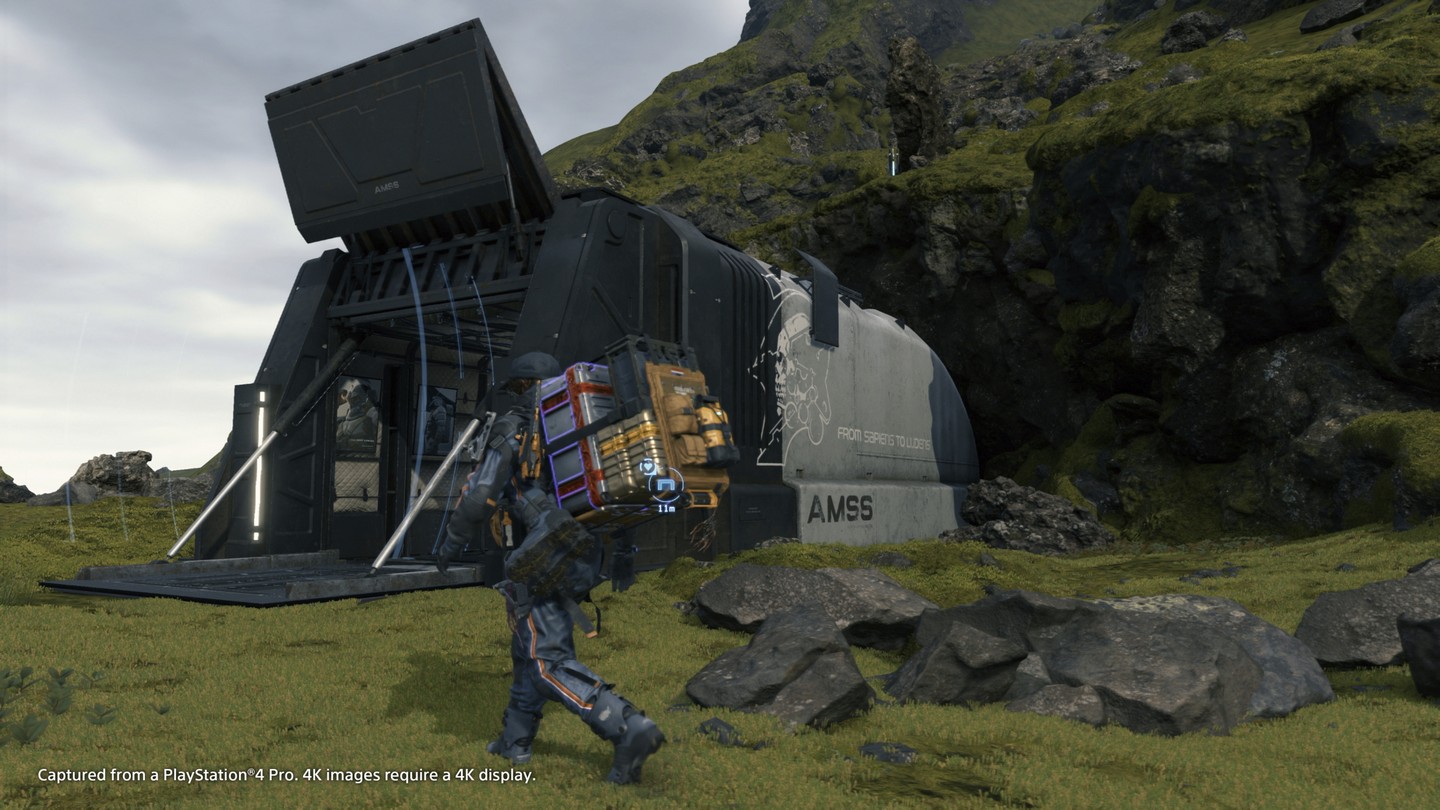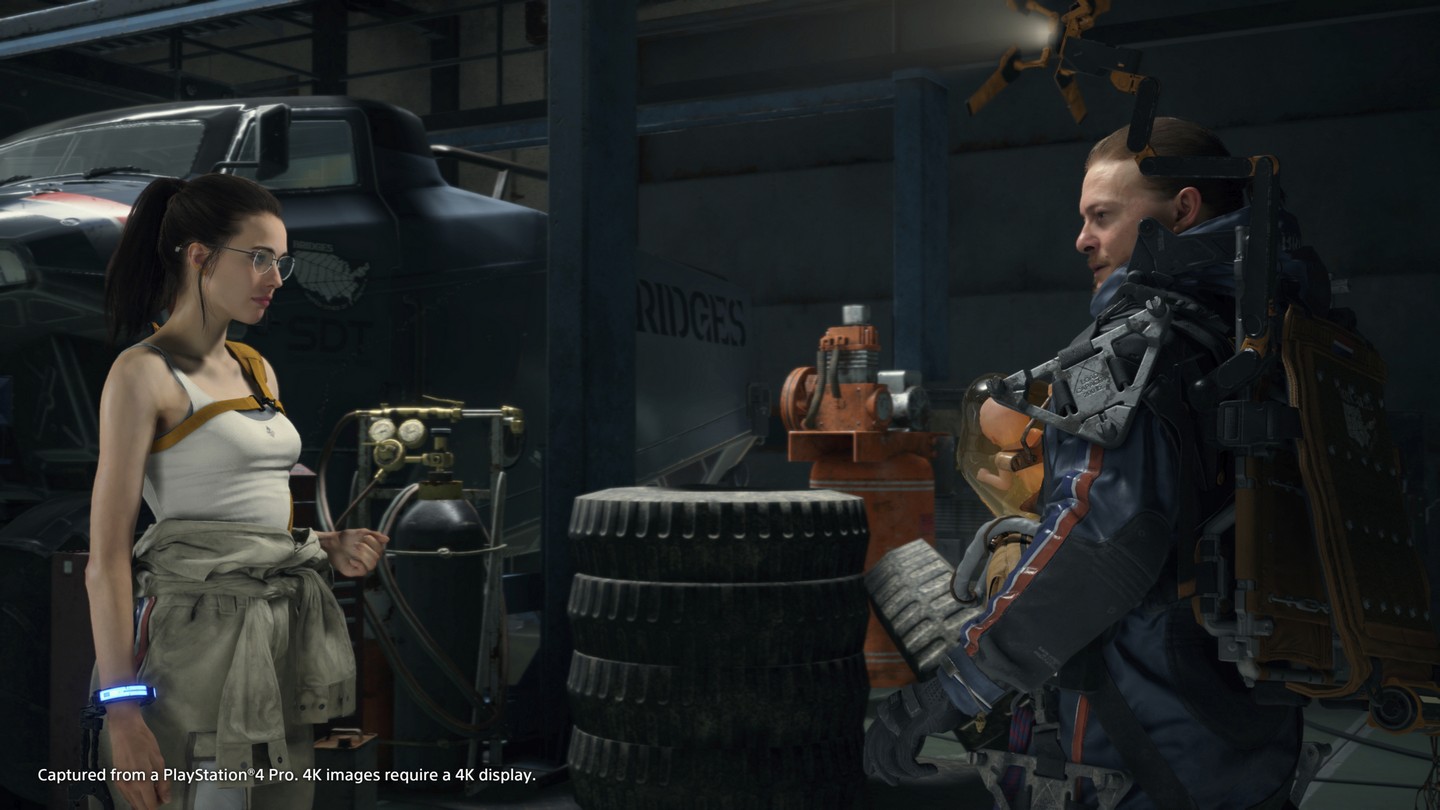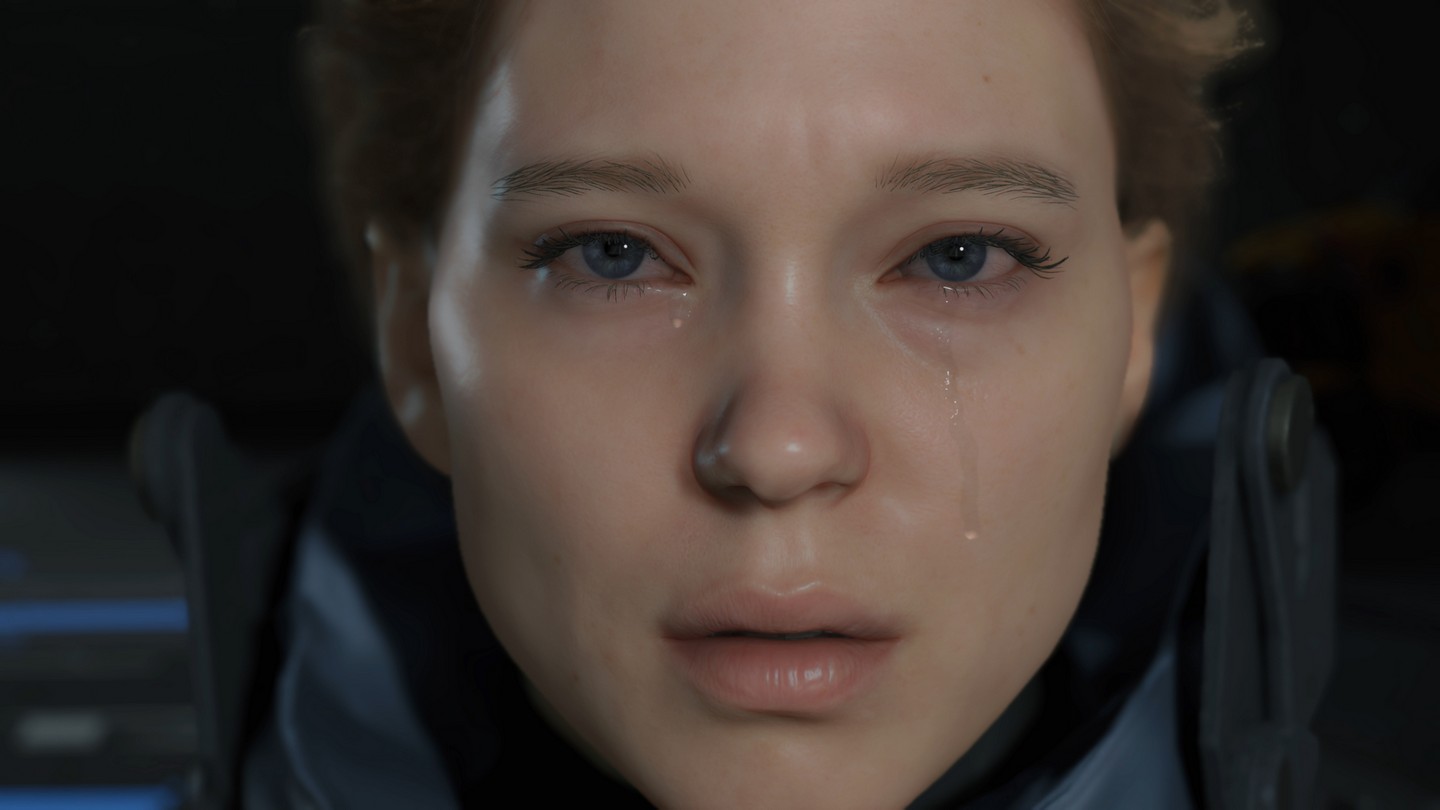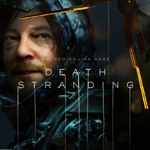Walking a fine line
Death Stranding is a rollercoaster of emotions. Quite possibly the most anticipated game of 2019, it has a lot of eyes on it. Not only is it Sony’s big first-party title for the silly season, but it is Hideo Kojima’s (creator of Metal Gear Solid) first title in his new role at Sony. No one quite knew what to expect. His cryptic trailers posed more questions than answers. What kind of game is this? What do players do? How long is it? Is the story as wacky as it seems? Well I know all of those answers and honestly, I still have more questions. Death Stranding is a video game, and one I cannot stop thinking about.
So what is Death Stranding? A question that has been on everyone’s mind since it was announced. Is it really just a walking/delivery simulator? In one sense it actually is. The first half of the game focuses on just that. Players take on the role of Sam Porter Bridges as he is tasked with connecting the world after a catastrophic event, and of course delivering packages and supplies. Leave it to Hideo Kojima to somehow craft a super FedEx delivery simulator.

MSRP: $59.99
Platforms: PS4 (reviewed), PC
Price I’d Pay: $59.99
While this is the idea, there is a lot more to it than that. Kojima has always been known to bring weird game mechanics into his titles. Death Stranding focuses on inventory management and movement balance. Sam can carry quite a bit on his person, but I was always tasked with how to arrange it as to not tip over and damage it. Like any good video game, over time I was given new items and upgrades to make these tasks easier. Body skeletons that would let me carry more weight, move faster, or push through treacherous landscape easier. Vehicles to help carry my supplies are also unlocked.
Controlling Sam feels familiar. This game is built on the Decima engine, which was also used for Sony’s Horizon Zero Dawn. Sam moves and reacts a lot like how Snake did in MGSV. The balance mechanic is truly the thing that sets it apart. Sam can grab his straps by holding down the L2 and R2 buttons. This is useful for when going down or uphill. Momentum and balance plays a huge role in everything here. Combat does not play a huge role early on, but once it does kick in it feels also very similar to MGSV. The biggest complaint I have about Death Stranding is the slow pace of how Sam walks. It really drives home the sluggish feel of things. If he moved just 20-30% faster I think it would have remedied a lot of my issues with this game.
The front half of Death Stranding introduces players to the ideas of making long journeys in order to make connections across the United Cities of America. It is unlike any other game I have ever experienced. That doesn’t mean it delivers without issue. I now understand why Kojima made the statement about a lot of people not really getting into the game until about halfway through. The beginning is sometimes a test of patience. The road to delivery is a hard one. There are plenty of obstacles along the way, and once I started to realize how everything worked, I was better prepared with being able to plan accordingly.
Death Stranding also implements some survival aspects into the journey. Sam’s boots can wear out over time, so it is always good to have a backup pair. There is a weather element known as timefall. This is rain or snow that will advance time on people and objects. This means any cargo I am carrying will quickly be destroyed as the rain comes down. This rain can also bring with it BTs, which are creatures in the world that will attempt to harm Sam. These basically become stealth sections where I had to sneak past them without being detected. Delivering items is not simply loading up and walking to the destination, there is always something to make it truly feel like an adventure.

This journey can also be very frustrating. I spent dozens of hours messing around with the mechanics. There is a structure building aspect that allowed me to craft roads for easy travel, or pop-up structures to charge my batteries or shelter myself from the timefall. There are so many systems and mechanics it can be overwhelming. I dug so much into it that one episode I spent nearly 15 hours working on things only to realize I was impeding progress of the story. See, as I mentioned Death Stranding is a tale of two halves and the delivery portion can wear out eventually. It is a lot of the same walking and struggling. These journeys really feel exhausting.
There is an asynchronous multiplayer aspect as well. The aforementioned structures can be completed by other players, and honestly it is the best way to go about it. It takes a long time to construct the roads and unless someone was pitching in, it could slow progress down to a crawl. I loved the idea that I could drop items into a shared locker and have other players deliver it. It is a neat mechanic and one I am interested in digging more into once the game is in the hands of more people. The world feels like it’s inhabited by hundreds of other people that I simply could not see, and it is a wild feeling.
The thing that kept driving me though was the story. This is the most coherent a narrative that Kojima has ever constructed. All of the performances are fantastic, and it has some truly outstanding characters. Fragile might be his most interesting character to date. The plot goes all sorts of places, and while it is certainly full of goofy names for things, it wraps up neatly and kept me wanting to know where it was going the entire time. There are a lot of cut scenes, and all of them are great. I love this world, I love these characters, and there are so many nods and moments that it really keptme intrigued from beginning to end.
As I mentioned the back half of the game is where it takes a turn. While I won’t be spoiling anything here I will say that it really is worth some of the tedium early on. I spent far too much time digging into the world early on and I feel like it hindered some of my enjoyment. There were moments where I could not wait to play again, while other times I found myself never wanting to play the game again. It truly is a rollercoaster of emotions.

One thing that is not debatable about Death Stranding though is how amazing it looks. This engine is incredible, and the detail Kojima and his team deliver with facial animations and models is outstanding. The world is beautiful if not empty most of the time and things just look incredible. The game supports HDR and it is some of the best work I have seen in a game to date. The colors simply pop off the screen and it was hard not to imagine my PS4 Pro exploding from the visual fidelity. This is one of the best-looking games I have ever played. The voice acting is also stellar and the soundtrack is a mix of licensed tracks and an original score that is simply eerie and fantastic. The production values of this game can not be understated.
Death Stranding is a weird game that I could not stop thinking about while reviewing it. It has plenty of sluggishness to it. Sometimes I never wanted to play it again, but once that back half hit I was enthralled. There were times I couldn’t wait to play it. I spent over 50 hours in this game and eventually I want to spend more. Kojima and his team have crafted something that truly feels unique, for better or worse. It is hard to compare it to anything else, but that doesn’t always mean it was fun. Not everyone will adore this game, but I guarantee no one will ever be able to forget it either.
Review copy of game provided by publisher.
